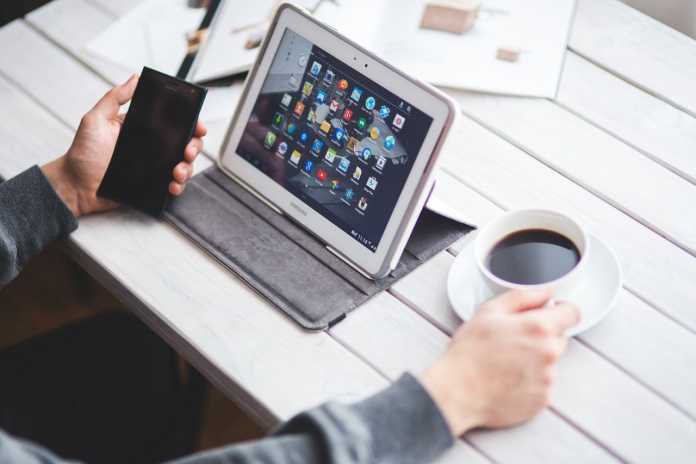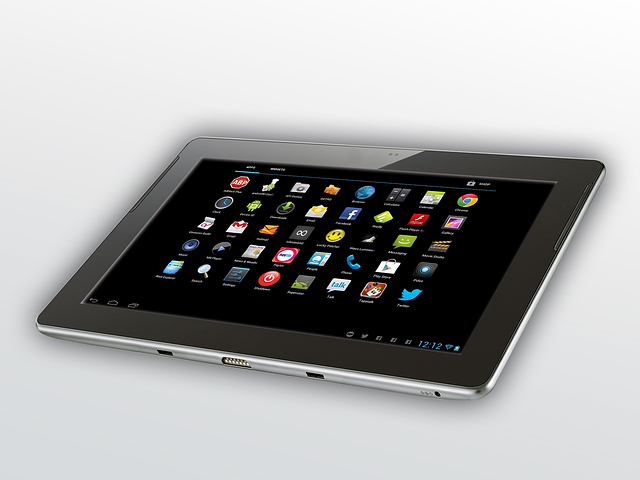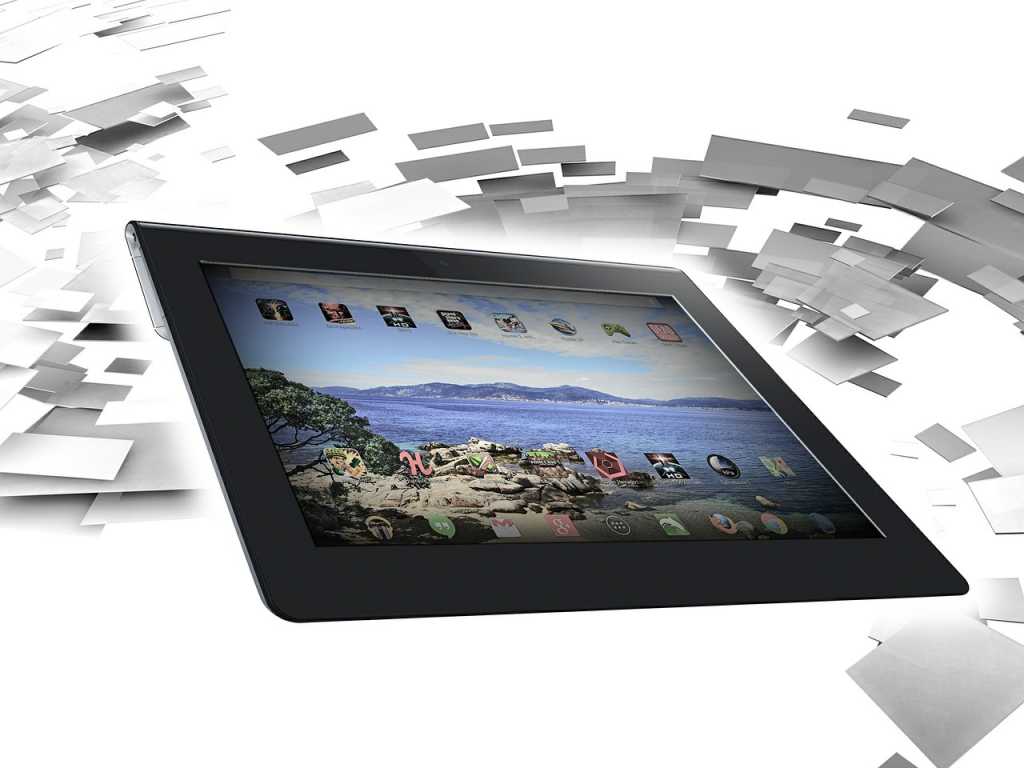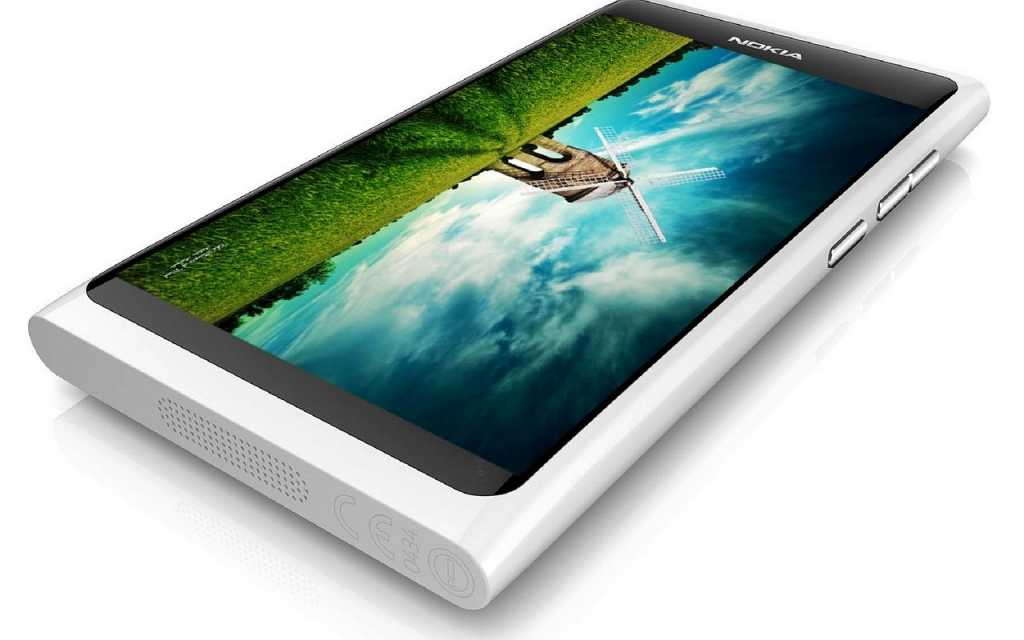
(Updated July, 2017)With the latest enhancements in technology, gadgets are increasingly becoming smaller in size. Tablet computers are the new kid on the block these days. Modern consumers are interested in having small portable devices equipped with a wide array of features comparable to smartphones but with greater ease of use. Since they are lighter than laptops, a lot of users find tablets convenient.
The top Android tablets (obviously) are using the Android operating system and are some of the most sought after in the market because Android systems are highly respected for their reliability and flexibility of use with modern apps. Just like when purchasing computers, tablet shoppers have many considerations to think about when making an informed purchasing decision. Factors such as processor speed and the size of the tablet are key. Of course, how you intend to use the tablet should determine the choice of the appropriate brand or product that will meet your needs best.
Key features to consider for when shopping for Android tablets:
1. Processor in the Tablet
When buying any computer, the processor’s capability is perhaps the most important factor; the same applies to Android tablets. For instance, slow processors aren’t ideal for users intending to utilize their tablets for gaming. Furthermore, weak processors are often incapable of effectively streaming HD videos which impacts negatively on user experience. However, even if you don’t intend to play games or view videos, it is critical to select an Android tablet whose processor is powerful enough to comfortably support multitasking.
Fortunately, there are plenty of processors out there to suit various uses. The common top Android tablet processors include dual or quadcore and users have the ability to purchase Android tablets with the level of processor that fits within their budgets as well as their needs. Just like other electronic gadgets, tablet technologies are rapidly changing and it’s smart for shoppers to invest in Android tablets with the strongest and fastest processors. A tablet with a minimum of 1.2GHz dual-core processor is a good choice for a moderate tablet user.
2. Android Tablet Display
The best tablets are judged by how well they display the various programs and features while in use. Screen resolution is a good guiding factor when comparing Android tablets particularly those that have the same screen size. It’s simple; find out the number of pixels associated with different tablets and make comparisons. For instance, tablets with more pixels have higher screen resolution which means clearer and crisp images. Screen resolution is critical because it directly affects how your images, games and videos will appear.
Tablets are designed with touch screens and you need to be aware of the type of touch screens that exist in the market. There are 2 major types of touch screens; resistive and capacitive. Resistive is ideal if you prefer to use a stylus as opposed to your bare fingers. On the other hand, capacitive relies on your fingers to issue screen commands.
Tablets that are designed with touch screens that allow multi-functionality are more responsive and generally speaking, are good for performing several tasks and working with apps.

3. Versatility
Choosing a tablet that is well rounded and scores impressively in several different aspects will help you get the best return for your investment. Achieving maximum versatility means choosing a tablet that has rich features and impeccable performance capabilities. It should not only work well with different apps but also have a good battery life. Ideally, a good tablet should have at least 12 hours of battery life and be fully equipped with a wide range of apps at the outset. You can add or subtract from those apps over time and as your needs change. It should also have other useful features such as memory card slots, USB ports and remote control capability.
4. Connectivity
The internet is a key component for any modern computer device. Android tablets have been designed with modern connectivity capabilities and users should research and understand what connectivity options are available. The most common options are 3G, 4G and Wi-Fi. All mobile devices work on at least 3G networks nowadays. However, over the last year or two, 4G (fourth generation) technology has been introduced and is available in many to most places, just have to check your area and remoteness. When buying an Android tablet with 4G, you need to be sure that your wireless provider has upgraded to 4G. Tablets that have Wi-Fi connectivity are ideal for users because unlike 3G or 4G that rely on data plans, they save you money. However, to enjoy this functionality, you need to have access to a Wi-Fi connection wherever you are located.

5. Family Set-up
Many people tend to ignore this but it’s important when you’re planning to buy a tablet. How are you planning on using your tablet and who is planning on using the tablet? If you have kids, the chance that they will come across your tablet and attempt to use it are high and therefore, you should invest in one of the stronger brands that are equipped with parental filters. This way, you are able to monitor what your kids are doing and have control over their activities and access.
6. Best Android Tablet Cameras
A lot of users are looking to purchase an Android tablet that comes with a powerful camera. If you love photography, you should choose a tablet whose camera fully meets your expectations. For instance, you could have a rear facing camera that is commonly used for taking videos or pictures or a front facing camera that is ideal for Skype and video conferencing sessions. Fortunately, the best Android tablets come with both the rear and front camera making it possible for you to enjoy the freedom of choosing the camera you want to use.

Aside from camera position, cameras are designed with various pixels. Images from cameras with higher pixels are clearer and more elaborate and thus, are the best option for photography and video lovers. Rear facing cameras are typically known to be more powerful than front facing cameras with some tablet’s rear camera going as high as 8MP and up while front ones average at 5-8MP.
7. Size
The size of a tablet is critical because users have their own unique preferences. How you plan to use the tablet should determine the size that you will choose to buy. Tablets fall into 3 major categories; small, medium and large.
For instance, if you love reading while on the go or between daily activities, a small or medium sized tablet would be a good choice. Small tablets range from 7 inches to 8.1 inches, are light and compact which makes them highly portable. They can also be easily carried in a purse or tote bag.
For gaming, a medium sized tablet is ideal because your screen size needs to be large enough to allow for better viewing and see and use a large field of play. Medium sized tablets measure 8.9 inches to 10.1 inches. Large screen tablets are rarer because sizes of 10.1 inches and larger are beginning to resemble laptops. (Have you checked out our Samsung Galaxy Pro review if you’re interested in a large tablet?) And the larger tablet CPUs start to resemble those of laptops and PCs. They are heavier and not quite as friendly when it comes to portability.
So if you are thinking of getting a top Android tablet, you might want to consider these points before making your final decision. Remember, there are different types of tablets and choosing the best tablet for you depends on your personal needs and budget.